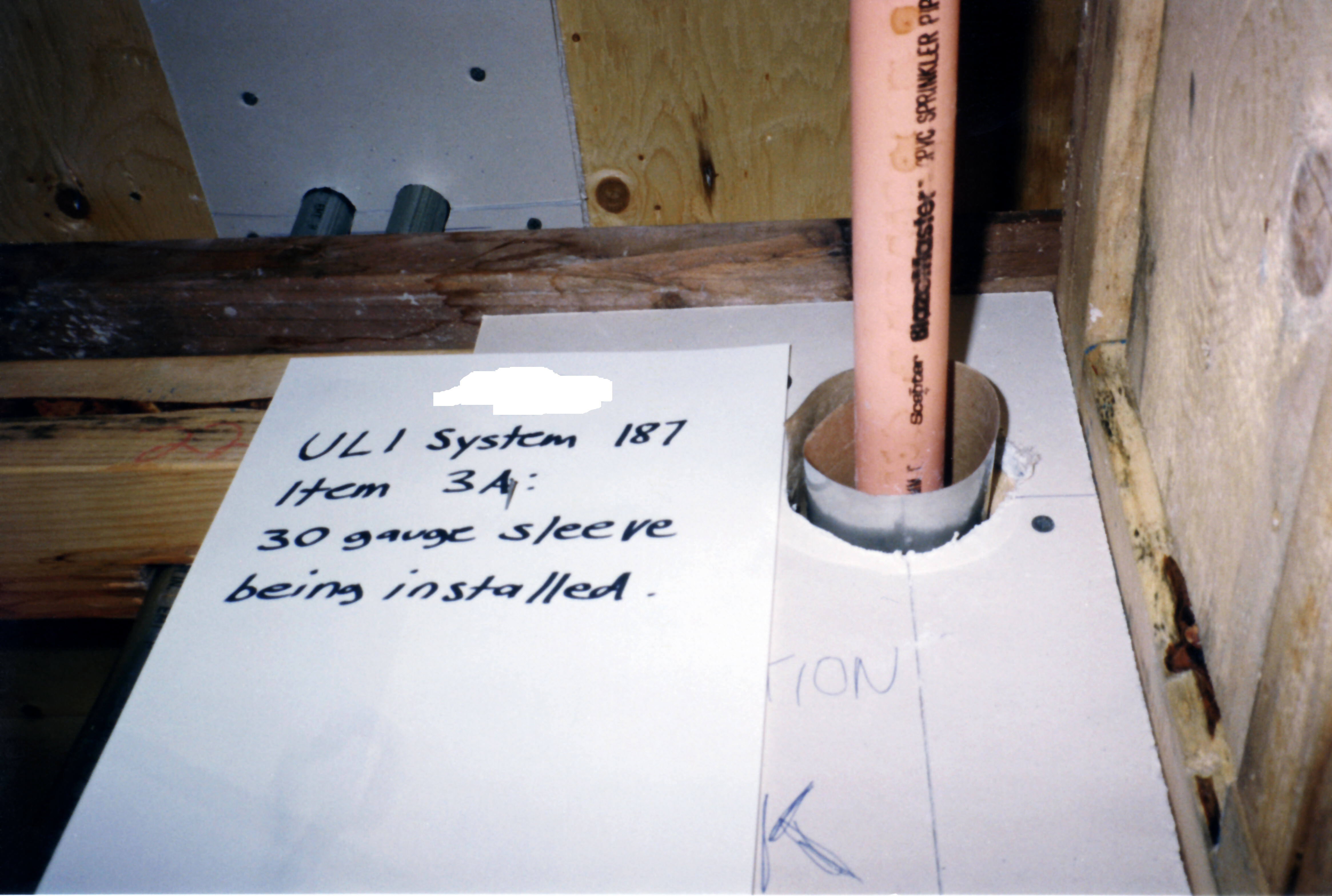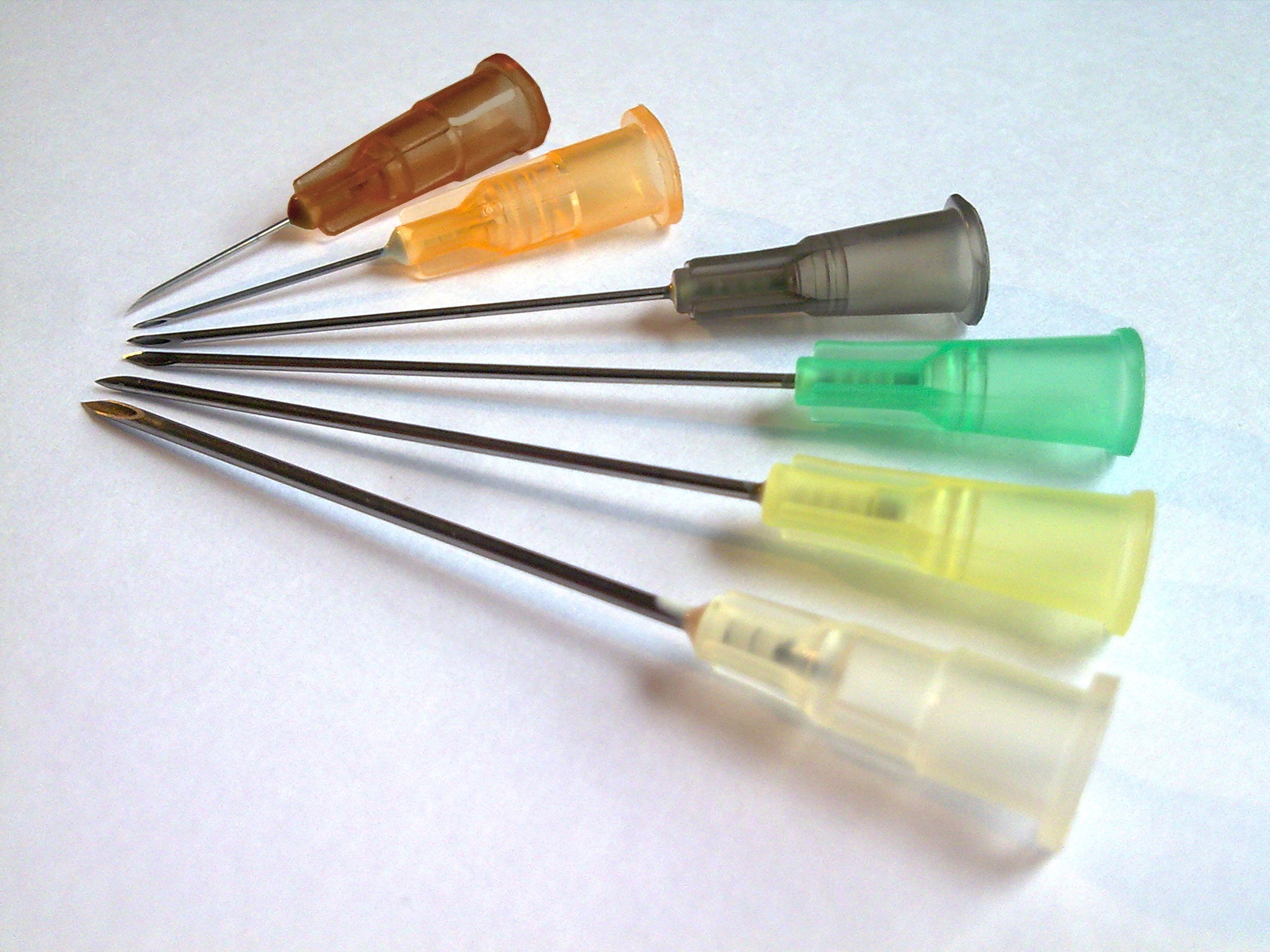|
Nominal Bore
Nominal Pipe Size (NPS) is a North American set of standard sizes for pipes used for high or low pressures and temperatures. "Nominal" refers to pipe in non-specific terms and identifies the diameter of the hole with a non-dimensional number (for example – 2-inch nominal steel pipe" consists of many varieties of steel pipe with the only criterion being a outside diameter). Specific pipe is identified by pipe diameter and another non-dimensional number for wall thickness referred to as the Schedule (Sched. or Sch., for example – "2-inch diameter pipe, Schedule 40"). NPS is often incorrectly called National Pipe Size, due to confusion with the American standard for pipe threads, "National pipe thread, national pipe straight", which also abbreviates as "NPS". The European and international designation equivalent to NPS is ''DN'' (''diamètre nominal''/nominal diameter/Nennweite), in which sizes are measured in millimetres, see Preferred metric sizes#ISO 6708, ISO 6708. [...More Info...] [...Related Items...] OR: [Wikipedia] [Google] [Baidu] |
National Pipe Thread
American National Standard Pipe Thread standards, often called national pipe thread standards for short, are United States national technical standards for screw threads used on threaded pipes and Piping and plumbing fitting, pipe fittings. They include both screw thread#Taper, tapered and straight thread series for various purposes, including rigidity, pressure-tight sealing, or both. The types are named with a full name and an abbreviation, such as NPT, NPS, NPTF, or NPSC. MIP is an abbreviation for male iron pipe, and FIP is an abbreviation for female iron pipe. Outside North America, some US pipe thread sizes are widely used, as well as many British Standard Pipe threads and International Organization for Standardization, ISO 7-1, 7-2, 228-1, and 228-2 threads. Types The various types are each named with a abbreviation and a full name, as follows: Uses Threaded pipes can provide an effective seal for pipes transporting liquids, gases, steam, and hydraulic fluid. These th ... [...More Info...] [...Related Items...] OR: [Wikipedia] [Google] [Baidu] |
Piping
Within industry, piping is a system of pipes used to convey fluids (liquids and gases) from one location to another. The engineering discipline of piping design studies the efficient transport of fluid. Industrial process piping (and accompanying in-line components) can be manufactured from wood, fiberglass, glass, steel, aluminum, plastic, copper, and concrete. The in-line components, known as fittings, valves, and other devices, typically sense and control the pressure, flow rate and temperature of the transmitted fluid, and usually are included in the field of piping design (or piping engineering), though the sensors and automatic controlling devices may alternatively be treated as part of instrumentation and control design. Piping systems are documented in piping and instrumentation diagrams (P&IDs). If necessary, pipes can be cleaned by the tube cleaning process. ''Piping'' sometimes refers to piping design, the detailed specification of the physical piping layout ... [...More Info...] [...Related Items...] OR: [Wikipedia] [Google] [Baidu] |
Standard Dimension Ratio
Standard dimension ratio (SDR) is a method of rating a pipe's durability against pressure Pressure (symbol: ''p'' or ''P'') is the force applied perpendicular to the surface of an object per unit area over which that force is distributed. Gauge pressure (also spelled ''gage'' pressure)The preferred spelling varies by country a .... The standard dimension ratio describes the correlation between the pipe dimension and the thickness of the pipe wall. Common nominations are SDR11, SDR17 and SDR35. Pipes with a lower SDR can withstand higher pressures. SDR=\frac d_o Pipe outside diameter s Pipe wall thickness References {{Reflist Piping ... [...More Info...] [...Related Items...] OR: [Wikipedia] [Google] [Baidu] |
Pipe (fluid Conveyance)
A pipe is a tubular section or hollow cylinder, usually but not necessarily of circular cross-section, used mainly to convey substances which can flow — liquids and gases ( fluids), slurries, powders and masses of small solids. It can also be used for structural applications; hollow pipe is far stiffer per unit weight than solid members. In common usage the words ''pipe'' and '' tube'' are usually interchangeable, but in industry and engineering, the terms are uniquely defined. Depending on the applicable standard to which it is manufactured, pipe is generally specified by a nominal diameter with a constant outside diameter (OD) and a schedule that defines the thickness. Tube is most often specified by the OD and wall thickness, but may be specified by any two of OD, inside diameter (ID), and wall thickness. Pipe is generally manufactured to one of several international and national industrial standards. While similar standards exist for specific industry app ... [...More Info...] [...Related Items...] OR: [Wikipedia] [Google] [Baidu] |
Copper Tubing
Copper tubing is most often used for heating systems and as a refrigerant line in HVAC systems. Copper tubing is slowly being replaced by PEX tubing in hot and cold water applications. There are two basic types of copper tubing, soft copper and rigid copper. Copper tubing is joined using flare connection, compression connection, pressed connection, or solder. Copper offers a high level of corrosion resistance but is becoming very costly. Types Soft copper Soft (or ductile) copper tubing can be bent easily to travel around obstacles in the path of the tubing. While the work hardening of the drawing process used to size the tubing makes the copper hard or rigid, it is carefully annealed to make it soft again; it is, therefore, more expensive to produce than non-annealed, rigid copper tubing. It can be joined by any of the three methods used for rigid copper, and it is the only type of copper tubing suitable for flare connections. Soft copper is the most popular choice for refriger ... [...More Info...] [...Related Items...] OR: [Wikipedia] [Google] [Baidu] |
British Standard Pipe Thread
British Standard Pipe (BSP) is a set of technical standards for screw threads that has been adopted internationally for interconnecting and sealing pipes and fittings by mating an external (male) thread with an internal (female) thread. It has been adopted as standard in plumbing and pipe fitting, except in North America, where NPT and related threads are used. Types Two types of threads are distinguished: * Parallel (straight) threads, ''British Standard Pipe Parallel thread'' (''BSPP''; originally also known as ''British Standard Pipe Fitting thread''/''BSPF'' and ''British Standard Pipe Mechanical thread''/''BSPM''), which have a constant diameter; denoted by the letter ''G''. * Taper threads, ''British Standard Pipe Taper thread'' (''BSPT''), whose diameter increases or decreases along the length of the thread; denoted by the letter ''R''. These can be combined into two types of joints: ; Jointing threads: These are pipe threads where pressure-tightness is made through t ... [...More Info...] [...Related Items...] OR: [Wikipedia] [Google] [Baidu] |
Chlorinated Polyvinyl Chloride
Chlorinated polyvinyl chloride (CPVC) is a thermoplastic produced by chlorination of polyvinyl chloride (PVC) resin. CPVC is significantly more flexible than PVC, and can also withstand higher temperatures. Uses include hot and cold water delivery pipes and industrial liquid handling. CPVC, like PVC, is deemed safe for the transport and use of potable water. History Genova Products located in Michigan initially created the first CPVC tubing and fittings for hot- and cold-water distribution systems in the early 1960s. The original tetrahydrofuran (THF) / methyl ethyl ketone (MEK) formulas for CPVC cements were developed by Genova in conjunction with the B.F. Goodrich Company, the original developer of the CPVC resin. Production process Chlorinated polyvinyl chloride (CPVC) is PVC that has been chlorinated via a free radical chlorination reaction. This reaction is typically initiated by application of thermal or UV energy utilizing various approaches. In the process, chlorine ... [...More Info...] [...Related Items...] OR: [Wikipedia] [Google] [Baidu] |
Tubing (material)
A pipe is a tubular section or hollow cylinder, usually but not necessarily of circular cross-section, used mainly to convey substances which can flow — liquids and gases (fluids), slurries, powders and masses of small solids. It can also be used for structural applications; hollow pipe is far stiffer per unit weight than solid members. In common usage the words ''pipe'' and '' tube'' are usually interchangeable, but in industry and engineering, the terms are uniquely defined. Depending on the applicable standard to which it is manufactured, pipe is generally specified by a nominal diameter with a constant outside diameter (OD) and a schedule that defines the thickness. Tube is most often specified by the OD and wall thickness, but may be specified by any two of OD, inside diameter (ID), and wall thickness. Pipe is generally manufactured to one of several international and national industrial standards. While similar standards exist for specific industry applica ... [...More Info...] [...Related Items...] OR: [Wikipedia] [Google] [Baidu] |
Preferred Metric Sizes
Preferred metric sizes are a set of international standards and de facto standards that are designed to make using the metric system easier and simpler, especially in engineering and construction practices. One of the methods used to arrive at these preferred sizes is the use of preferred numbers and convenient numbers such as the Renard series, the 1-2-5 series to limit the number of different sizes of components needed. One of the largest benefits of such limits is an ensuing multiplicative or exponential reduction in the number of parts, tools and other items needed to support the installation and maintenance of the items built using these techniques. This occurs because eliminating one diameter fastener will typically allow the elimination of a large number of variations on that diameter (multiple thread pitches, multiple lengths, multiple tip types, multiple head types, multiple drive types, and the tools needed for installing each, including multiple drill bits (one for each ... [...More Info...] [...Related Items...] OR: [Wikipedia] [Google] [Baidu] |
Fusion Welding
Fusion welding is a generic term for welding processes that rely on melting to join materials of similar compositions and melting points. Due to the high-temperature phase transitions inherent to these processes, a heat-affected zone is created in the material (although some techniques, like beam welding, often minimize this effect by introducing comparatively little heat into the workpiece). In contrast to fusion welding, solid-state welding does not involve the melting of materials. Applications Fusion welding has been a critical factor in the creation of modern civilization due to its vital role in construction practices. Besides bolts and rivets, there are no other practical methods for joining pieces of metal securely. Fusion welding is used in the manufacture of many everyday items, including airplanes, cars, and structures. A large community uses both arc and flame contact welding to create artwork. Types Electrical Arc Arc welding is one of the many types of ... [...More Info...] [...Related Items...] OR: [Wikipedia] [Google] [Baidu] |
Stubs Iron Wire Gauge
The Birmingham gauge is a wire gauge system, and is also used to specify thickness or diameter of hypodermic needles and tube products. Terminology Birmingham gauge is also known as the Stubs Iron Wire Gauge or Birmingham Wire Gauge. It is not the same as, though similar to, the Stubs Steel Wire Gauge. Birmingham gauge is often simply termed Gauge, with the abbreviation G. However, this should not be confused with French gauge. System The gauge starts at the lowest gauge number of 5Ø or 00000, corresponding to the largest size of , and runs to the highest gauge number of 36, corresponding to the smallest size of . Size steps between gauges range from between high gauge numbers to between the two lowest gauge numbers and do not correspond to a particular mathematical pattern, although for the most part the steps get smaller with increasing gauge number. Concerning wire and fine tubing, the gauge number is used to specify the outside diameter of the product, whereas for large ... [...More Info...] [...Related Items...] OR: [Wikipedia] [Google] [Baidu] |








